a floating device that transmits down and calculate time of flight… cool !
Okay, but you still would not need a second water pressure sensor on top.
How do you know the current barometric pressure then?
A water pressure sensor is not a barometric pressure sensor and vice versa.
In an open (pressure-less) system, the bottom of the tank and the top of the tank will experience about the same barometric pressure (the absolute difference will be relatively small and be practically constant, independent of changes in barometric pressure). My assumption is that the actual barometric pressure will have little effect on the readings of a water pressure sensor on the bottom of the tank for calculating the height of the water level. But that is just theory. ![]()
@Amedee you can use a number of float switches they are very reliable.
I made a proto type for a sewage system with a Controllino, this is just a kind of Arduino PLC.
With the Controllino SPI Interface the water levels are transmitted with a RFM95 module.
XRight, I appreciate that — I just said I would need 2 sensors…
I haven’t tried either, but I followed some time ago a project in the Arduino forum where the maker had too much fluctuations with just the water pressure and had to measure barometric pressure to compensate…
It obviously depends on the volumes you are looking at (to be more precise the height of the water column).
See here for a real case: http://www.globalw.com/support/barocomp.html
25 mb change, which is not exceptional, generates 25 cm difference in sensor readings, that is about 400 litres in my tank…
That particular setup is not particularly low power 
But yes, we can use floaters, or cheap water sensors to estimate the level and that is relatively easy to put in place.
yes I did with the pass through method.
result : 2 x bricked RN2483 and 1 x hmm don’t know
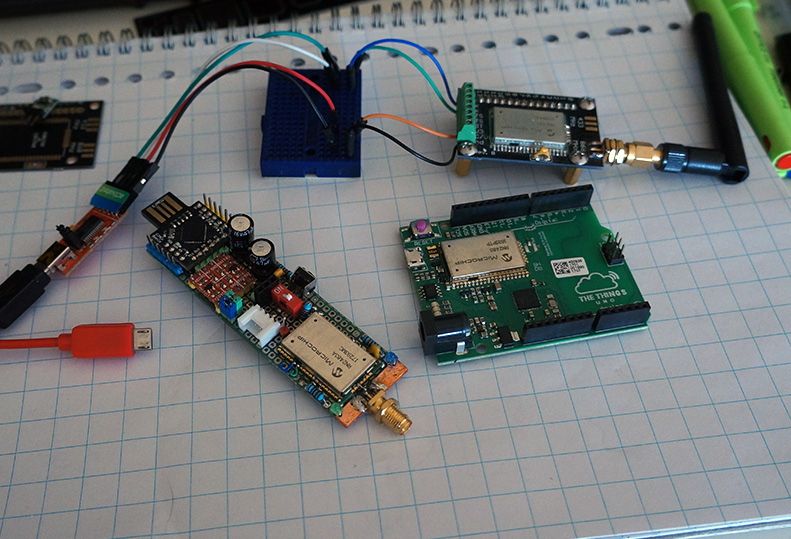
investigating
update - when wired direct to an usb-serial it’s answering, so not completely dead
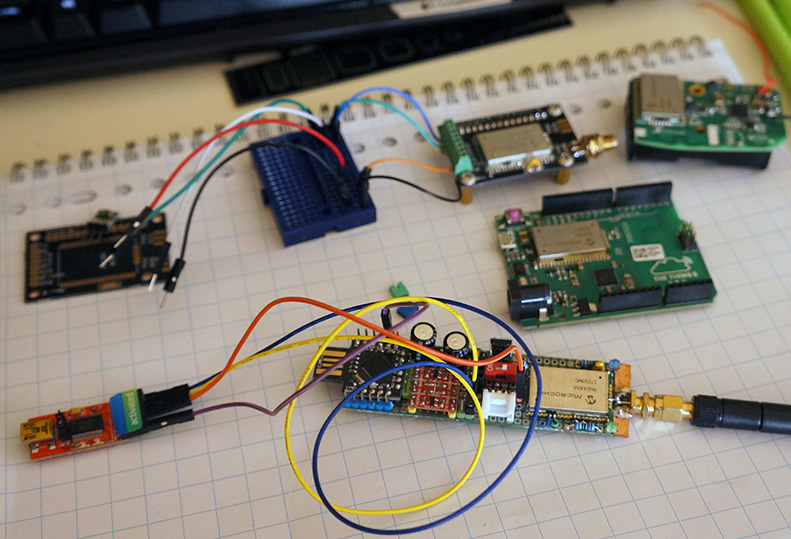
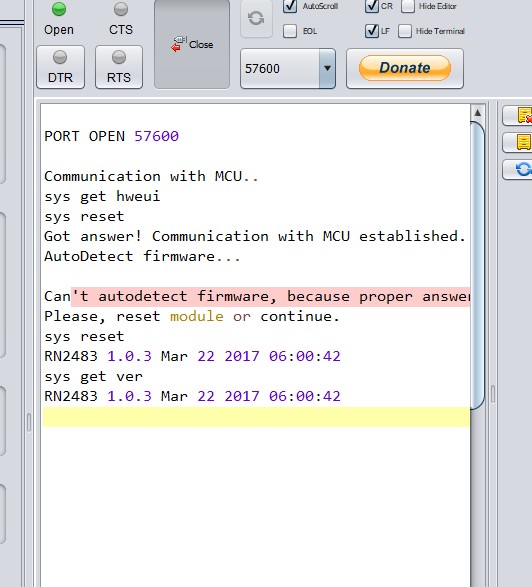
update 2 could revert 2 RN2483 's to 1.03 and they work again 
update 3 @Charles has an 1.04 update to his RN2483 firmware uploader
No it is definitely not low power. 
It had to switch a 2kW engine. The float switches and Controllino work on 24V.
The LoRa part was more for monitoring pump failures and high water levels.
Been there, done that
FYI, AwardSpace will block you without notice.
I hooked up an HTTP Integration twice (on different accounts)
First one was blocked after a few days, seconds one after only 3 hours
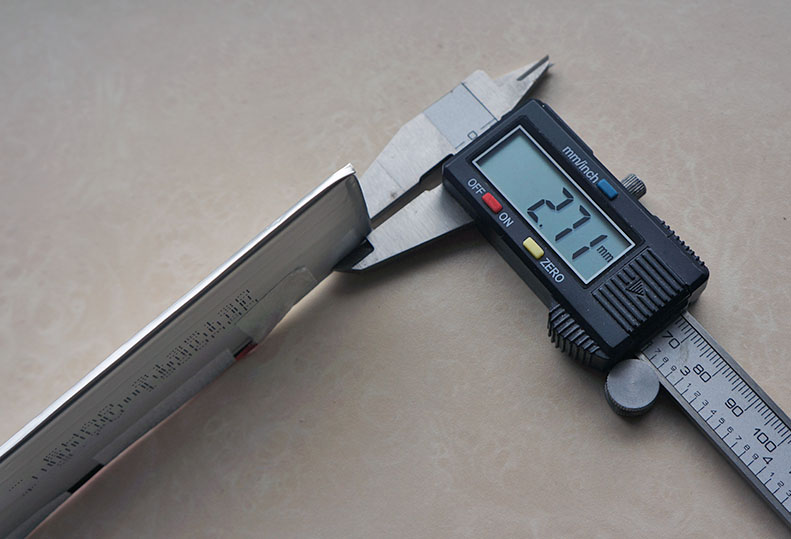
sometimes it doesn’t have to be a small lipo … it has to be FLAT (wall LoRaWAN project - LoRaWALL© BoRRoZ  )
)
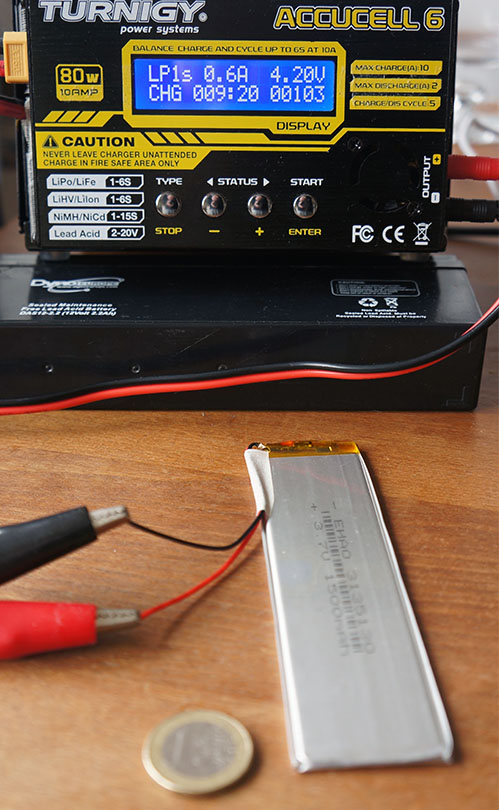
charging
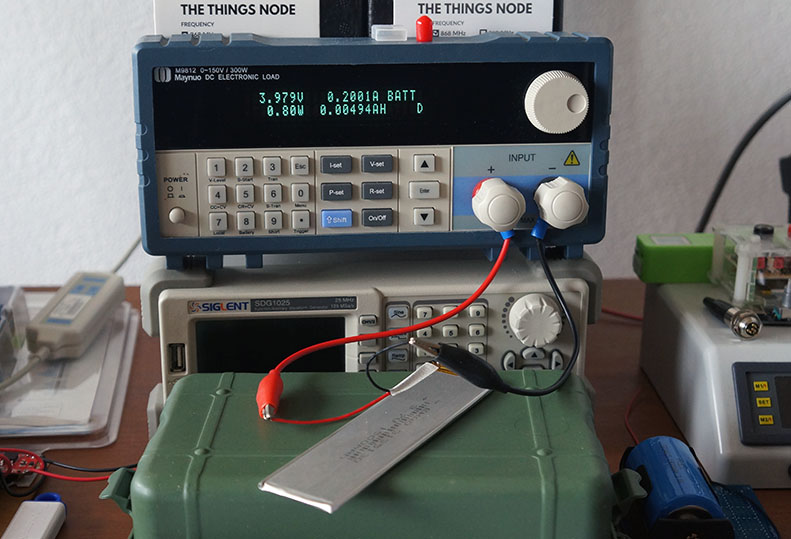
capacity check - how long will it run when consuming xxx mA and cut off voltage set at x.x V ?
Was just thinking if that jumper was on 3.3V or 5V setting. 
I am still experimenting with firmware on RN2483 (mostly repairing  )
)
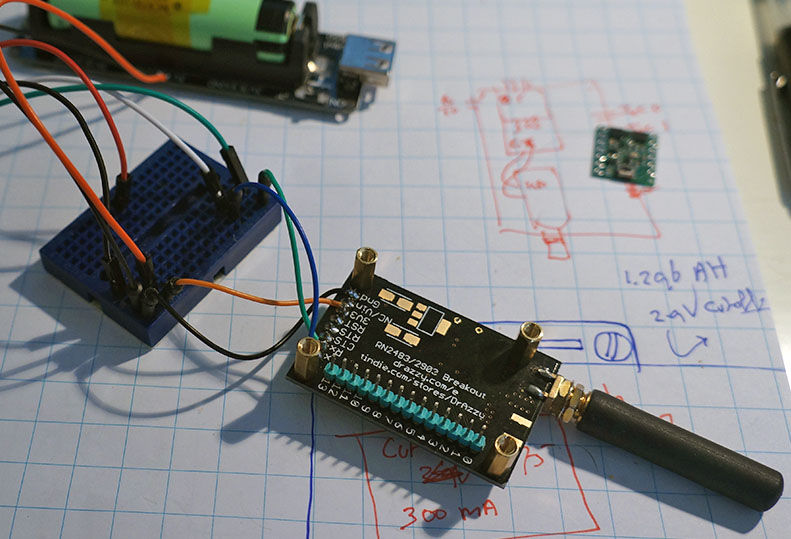
So to see if the flash went ok I just connected it like this (mini antenna because my gateway is 3 meters away )
Joining TTN through ESPlorer3 with the credentials from another device, and watching the console.
I was supprised to see it joined immediate… but also seen by a gateway almost 13 km away !
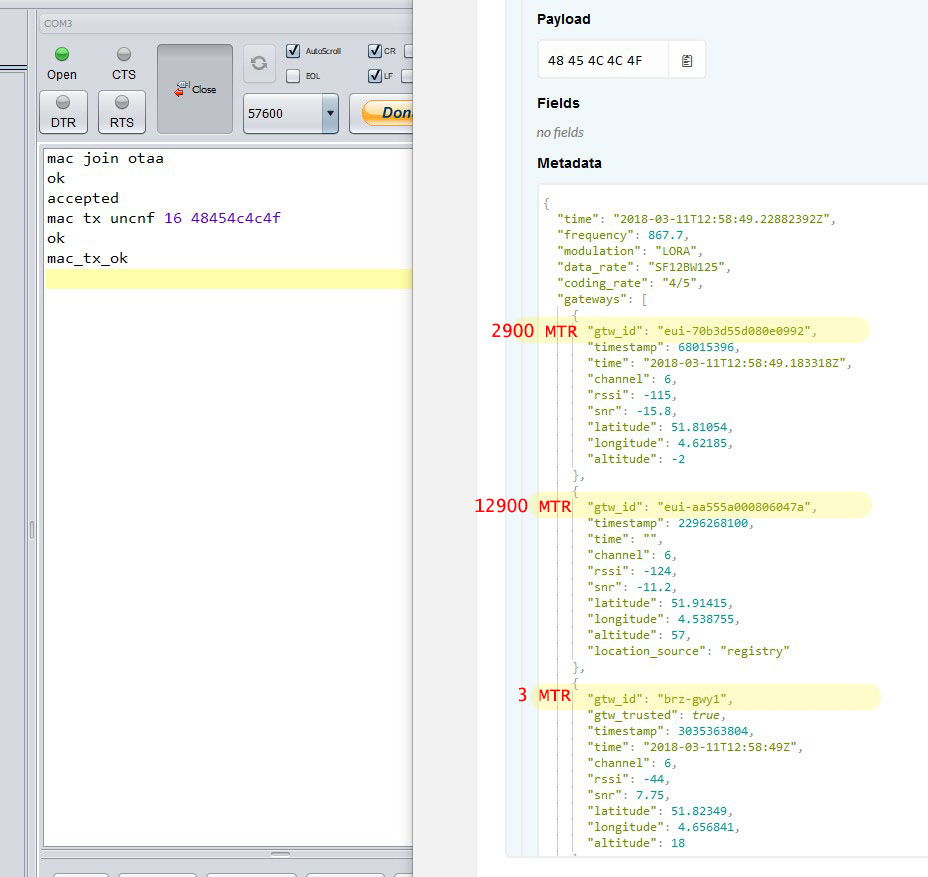
this proves to me that antenna hight is a very, if not most important factor 
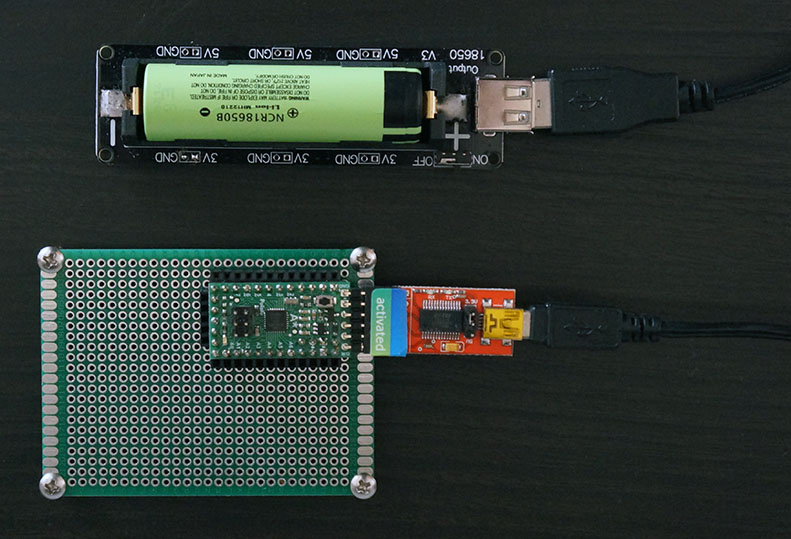
dedicated Pololu A-star 328PB test board
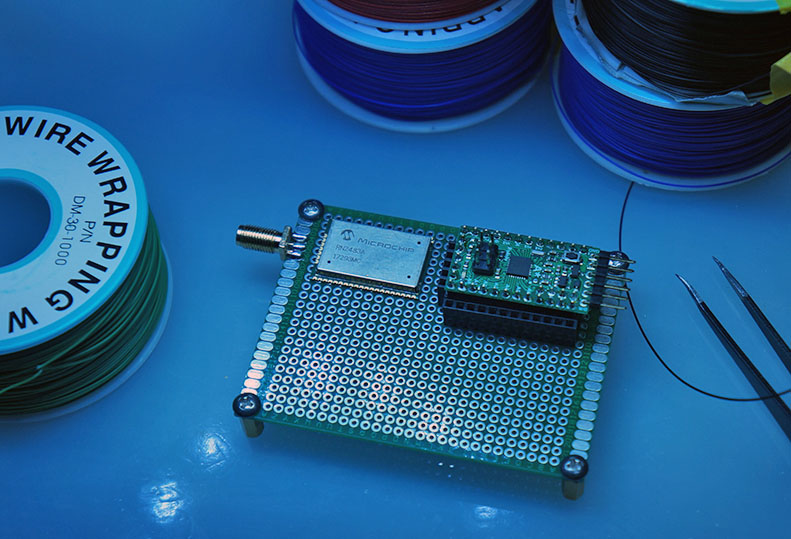
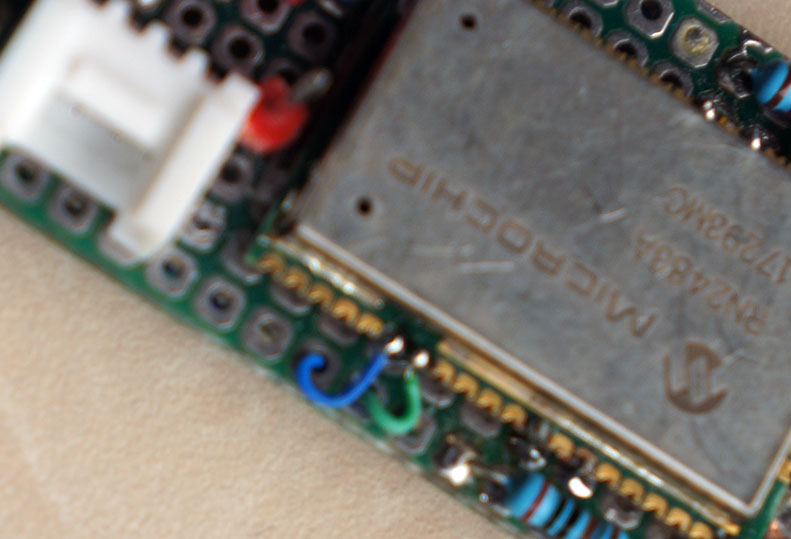
My method for prototyping with RN2483 is, that I attach the module with double sided tape to the double sided 2.54 prototyping board.
The wirewrapping wire is very thin and goes through a hole to the other side where it is soldered.
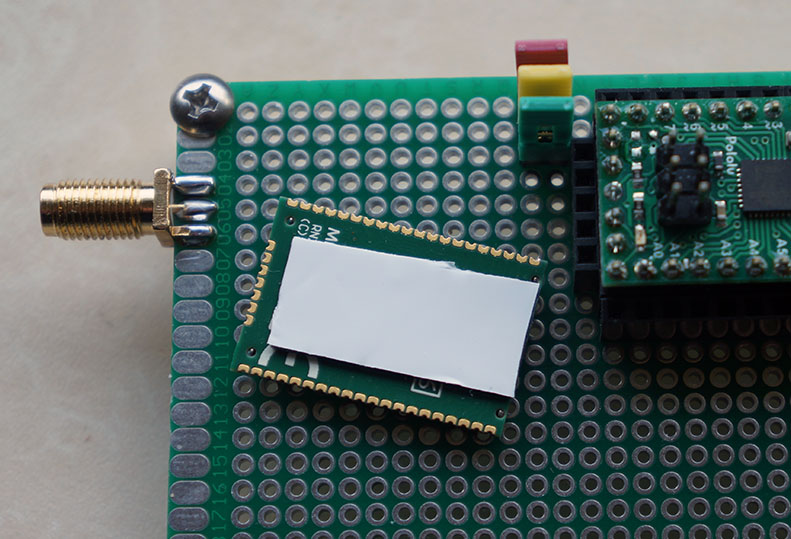
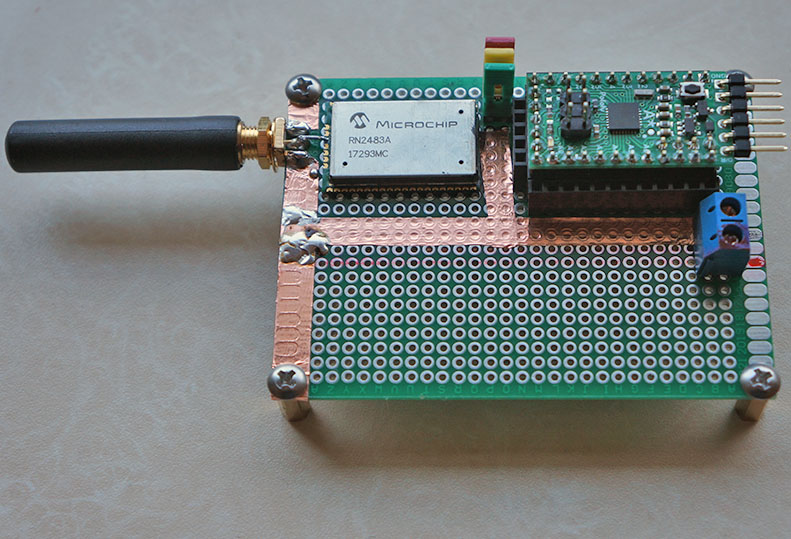
Not really a DIY project, but it still is a workbench  Hopefully some new projects will roll off it soon
Hopefully some new projects will roll off it soon 
And “flux” to help the inspiration flow… cudos!
and still running  (started 24-10-2017 on a single 1.5 battery)
(started 24-10-2017 on a single 1.5 battery)
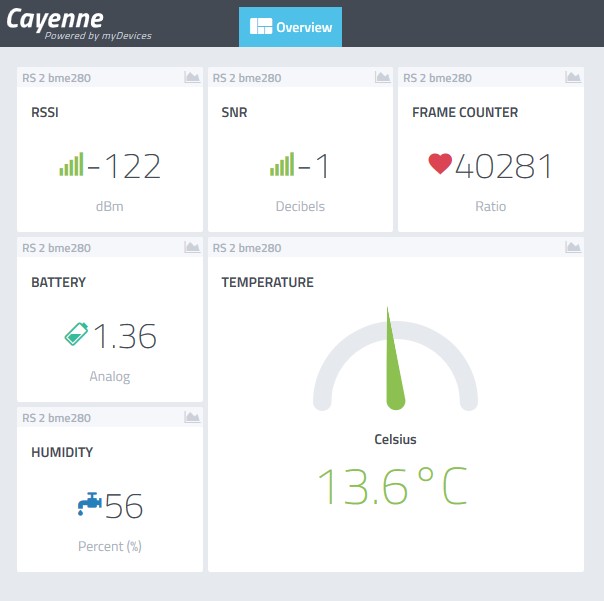
Is there a guide to defining your own cayenne custom sensors/icons?
